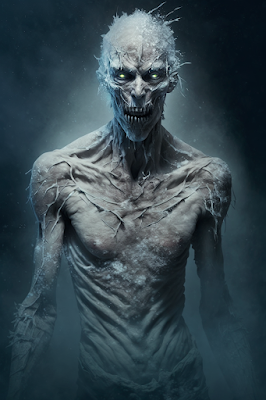I have no idea. But Amelia Edwards claimed it was nearly that in her travelogue A Thousand Miles Up the Nile. Published in the 1870s, this firsthand account of traveling the Nile by dahabiyah tops the list of irreplaceable research material that I'm devouring while writing my historical novel.
I finally thought to add it to my Goodreads bookshelf. The review I posted there is as follows:
 A Thousand Miles Up the Nile by Amelia B. Edwards
A Thousand Miles Up the Nile by Amelia B. EdwardsMy rating: 5 of 5 stars
Along with Lady Duff-Gordon's published letters, A Thousand Miles Up the Nile has my go-to source for setting details (and shocking imperialist attitudes) when researching for my historical novel, which takes place two years before this book was published. My copy is dogeared, marked up, highlighted, and tagged with stickies. And when I traveled the Nile myself in 2021, Edwards' descriptions kept whirling through my head: in the rural parts of Egypt, much remains the same, and it was a trip back in time. To see the same things she described in the 1870s was breathtaking. I can't imagine what I would have done without this priceless firsthand account.
Even if I hadn't needed the book for research, Edwards' prose is magnetic, her insights both timeless and marked by her era, a fascinating read.
View all my reviews








